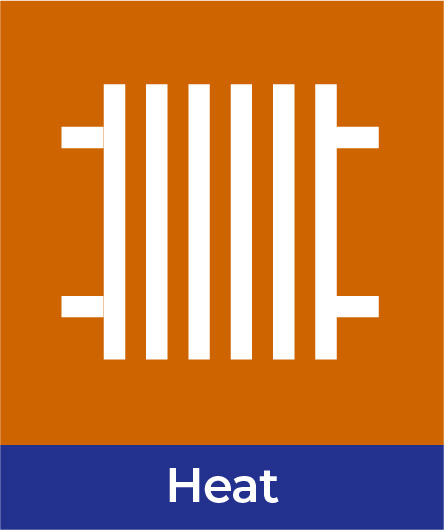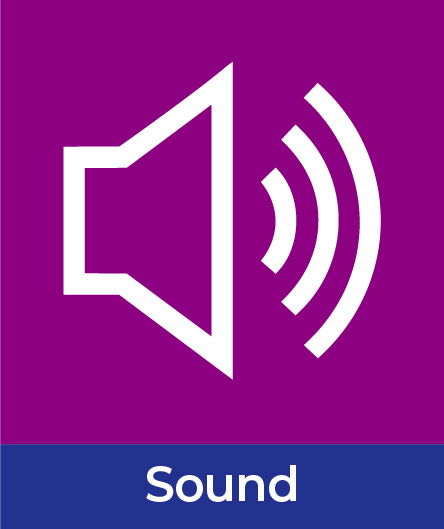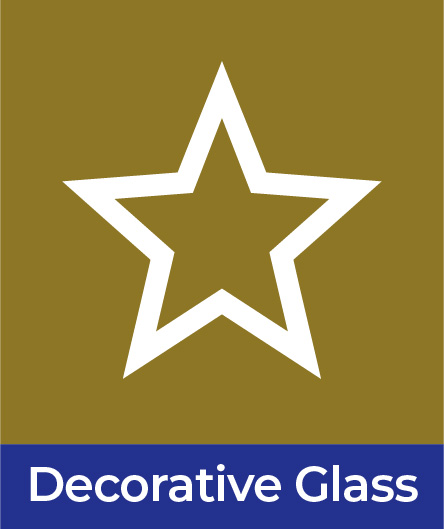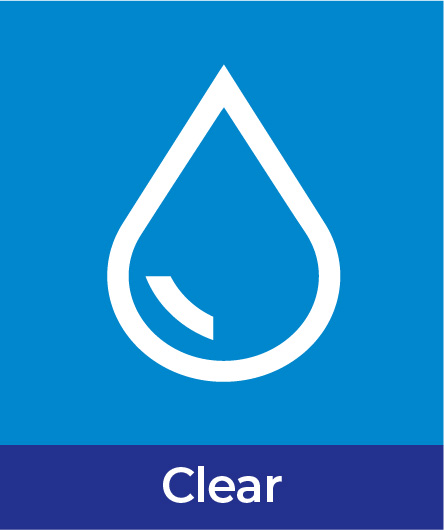Benefits
Decorative patterned glass not only makes it distinctive, but also fulfils the main function of limiting transparency. Frosted decorative glass can be treated in two ways: acid-etched or sand-blasted. Acid-etched glass is less susceptible to staining. Sand-blasting allows the glass surface to be measured in its entirety or to the desired pattern. You can use single glass, in double glazed units as one of the panes.
Frosted or patterned glass can be used for external or internal partition glazing where partial or total opacity of the image is required, but full light transmission is needed.
Application
Patterned – frosted glass is mostly used in furniture, handrails, partitions and shower cubicles.
GLASS LT offers a wide choice of decorative glasses with different patterns and levels of transparency.
Files to download
Benefits
Stained glass is a unique interior detail that will not only brighten up the overall look, but also protect you from prying eyes. Interestingly, stained glass not only transmits light, but also does not absorb it, which is why it is important to make sure that the stained glass is exposed to natural daylight when choosing a place for it in your home.
Application
Modern stained glass can be used and applied in any interior, from a bedroom to a restaurant. Often, stained glass evens out the lighting, muting the contrasts between too-bright light and shadows. When properly selected, stained glass can enlarge a small space, correct architectural design mistakes and create the illusion of space.
Benefits
Stained glass is created by applying an adhesive flexible lead strip to a sheet of glass to create a highly original interior, organically combining glass with metal.
The adhesive lead strip is a flexible strip with an adhesive backing, D-shaped profile. It contains 99 % crushed pure lead with non-ferrous impurities. The strip is designed for use on glass. It allows stained glass to be made without cutting the glass and soldering the joints of the metal structure. The strips come in different widths from 6 to 18 mm. The properties are stable from -25°C to +100°C. No colour loss and no crystallisation. The adhesive lead strip has low chemical volatility (especially if the stained-glass window is to be placed between two panes).
Application
Lead strips come in a variety of colours, not necessarily the traditional lead grey, but also blue, brown, coppery, aged gold, brass, white, black, graphite, platinum, and so can easily be combined in the interior of the home.
- Patterned / Frosted
-
Benefits
Decorative patterned glass not only makes it distinctive, but also fulfils the main function of limiting transparency. Frosted decorative glass can be treated in two ways: acid-etched or sand-blasted. Acid-etched glass is less susceptible to staining. Sand-blasting allows the glass surface to be measured in its entirety or to the desired pattern. You can use single glass, in double glazed units as one of the panes.
Frosted or patterned glass can be used for external or internal partition glazing where partial or total opacity of the image is required, but full light transmission is needed.
Application
Patterned – frosted glass is mostly used in furniture, handrails, partitions and shower cubicles.
GLASS LT offers a wide choice of decorative glasses with different patterns and levels of transparency.Files to download
- Stained-glass
-
Benefits
Stained glass is a unique interior detail that will not only brighten up the overall look, but also protect you from prying eyes. Interestingly, stained glass not only transmits light, but also does not absorb it, which is why it is important to make sure that the stained glass is exposed to natural daylight when choosing a place for it in your home.
Application
Modern stained glass can be used and applied in any interior, from a bedroom to a restaurant. Often, stained glass evens out the lighting, muting the contrasts between too-bright light and shadows. When properly selected, stained glass can enlarge a small space, correct architectural design mistakes and create the illusion of space.
- Leaded glass
-
Benefits
Stained glass is created by applying an adhesive flexible lead strip to a sheet of glass to create a highly original interior, organically combining glass with metal.
The adhesive lead strip is a flexible strip with an adhesive backing, D-shaped profile. It contains 99 % crushed pure lead with non-ferrous impurities. The strip is designed for use on glass. It allows stained glass to be made without cutting the glass and soldering the joints of the metal structure. The strips come in different widths from 6 to 18 mm. The properties are stable from -25°C to +100°C. No colour loss and no crystallisation. The adhesive lead strip has low chemical volatility (especially if the stained-glass window is to be placed between two panes).
Application
Lead strips come in a variety of colours, not necessarily the traditional lead grey, but also blue, brown, coppery, aged gold, brass, white, black, graphite, platinum, and so can easily be combined in the interior of the home.












